The real stories of the NASA women celebrated in Lego form
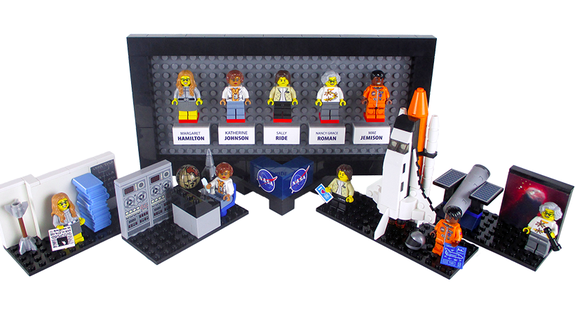
NASA wouldn't be what it is today without the women that helped build the agency.
Now, a soon-to-be released Lego set celebrates a handful of the many women who have contributed in significant ways to all aspects of America's space program.
SEE ALSO: Lego's next release screams girl power and we're totally here for it
From astronomy to spaceflight, the five women immortalized in Lego form for this set each helped make NASA the world's preeminent space agency.
THANK YOU to all who supported this project... Having @LEGO bring your vision to kids everywhere is a dream come true — and you helped!! pic.twitter.com/JELmB8OZyz
— Maia Weinstock (@20tauri) February 28, 2017
While final design of the set isn't yet released, the preliminary version — produced by science communicator Maia Weinstock — shows the five women in Lego brick scenes that represent their professional lives.
So, to help you get excited before the new set hits stores in late 2017 or early 2018, here's a rundown of the lives and legacies of the women celebrated in Lego's Women of NASA.
Katherine Johnson
While Katherine Johnson's major contributions to NASA remained hidden for years after she completed her work at the agency, her story is now being celebrated far and wide thanks to the book and movie Hidden Figures.
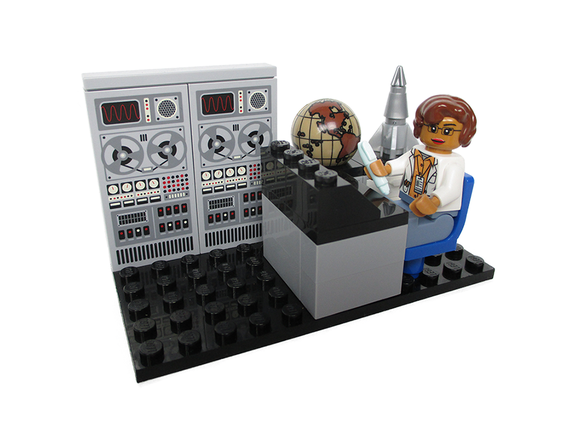
Johnson worked as a "human computer" at NASA in the early days of the space program.
She was instrumental in creating the math that helped get John Glenn to orbit for the first time and later went on to make significant contributions that helped land people on the moon during the Apollo program.
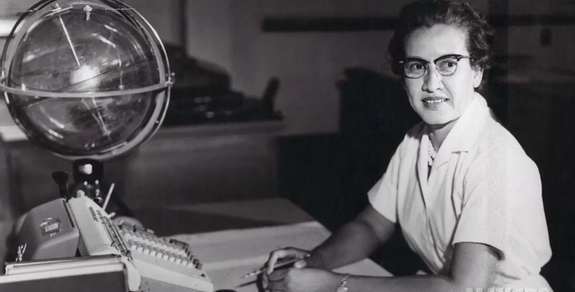
Image: nasa
Johnson was part of a cohort of women of color who worked at NASA as mathematicians in the first years of the agency's existence. Those women working in the computing group helped check and develop the equations that eventually allowed astronauts to fly to space, yet they received little, if any, proper credit in their time.
Margaret Hamilton
Today, Margaret Hamilton is known for her work as a computer scientist. She led the team whose software allowed Apollo astronauts to land on the moon and return safely home.

Image: nasa
Hamilton's software actually helped save the Apollo 11 moon landing from possible disaster, when a computer on Neil Armstrong and Buzz Aldrin's lander overrode a command that would have forced an abort. The software switch allowed the two astronauts to ultimately make history, touching down on the lunar surface.
Variations on Hamilton's software made for Apollo were also used for the space shuttle program and the Skylab space station.
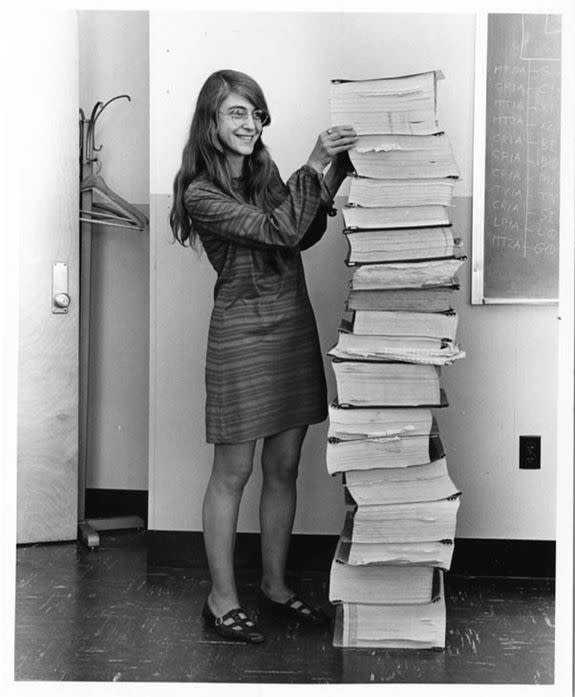
Image: nasa
"Hamilton was honored by NASA in 2003, when she was presented a special award recognizing the value of her innovations in the Apollo software development," NASA said in a post about Hamilton. "The award included the largest financial award that NASA had ever presented to any individual up to that point."
Nancy Grace Roman
Nancy Grace Roman is best known for her work with the Hubble Space Telescope, one of the most successful NASA projects of all time, which allows scientists and members of the public to see new views of distant objects in the universe.

Image: Maia Weinstock
Roman was the Chief of Astronomy at NASA headquarters, making her the first woman executive at the space agency. She held that position for 20 years.
"I do not remember exactly when I became interested in astronomy, but I know it was at a very young age," Roman said in an interview published through NASA.
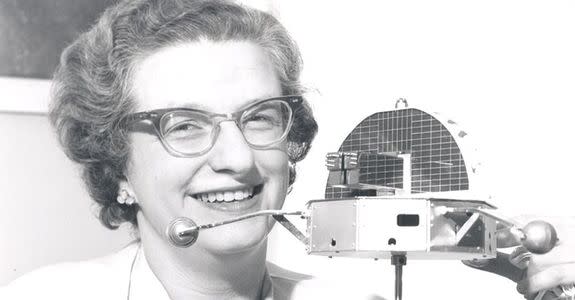
Image: nasa
"I did organize an astronomy club for my friends at the age of 11. We would meet once a week to learn about the constellations."
Mae Jemison
NASA astronaut and medical doctor Mae Jemison became the first woman of color to fly to space aboard the space shuttle Endeavour in 1992.

While in space, Jemison and her fellow crewmembers conducted 44 science experiments during the eight-day mission. In total, Jemison spent about 190 hours in space. She retired from NASA in 1993.
Dr. Jemison studied medicine and engineering and served as Area Peace Corps Medical Officer for Sierra Leone and Liberia before joining NASA as an astronaut in 1987.

Image: nasa
Today, Dr. Jemison is looking to the future by leading the 100 Year Starship project aiming to help people think about what it would take for us to become an interstellar species in a century.
Sally Ride
In 1983, NASA astronaut Sally Ride made history as the first American woman to fly in space.

While the Soviet Union's Valentina Tereshkova became the first woman to fly to space 20 years before Ride took her trip, Ride's spaceflight marked something of a turning point for NASA. The space agency began integrating women into the Astronaut Corps as a vital part of the select few people who get the chance to fly to space.
Ride — who was trained as a physicist — was selected to join NASA as an astronaut in 1977 and flew to space for the first time aboard the space shuttle Challenger. She also flew to orbit again in 1984.

Image: nasa
After leaving NASA in 1987, Ride devoted her life to inspiring women and girls to become more active in the sciences.
“As the first American woman to travel into space, Sally was a national hero and a powerful role model," then-president Barack Obama said after Ride died in 2012.
“She inspired generations of young girls to reach for the stars and later fought tirelessly to help them get there by advocating for a greater focus on science and math in our schools.”
